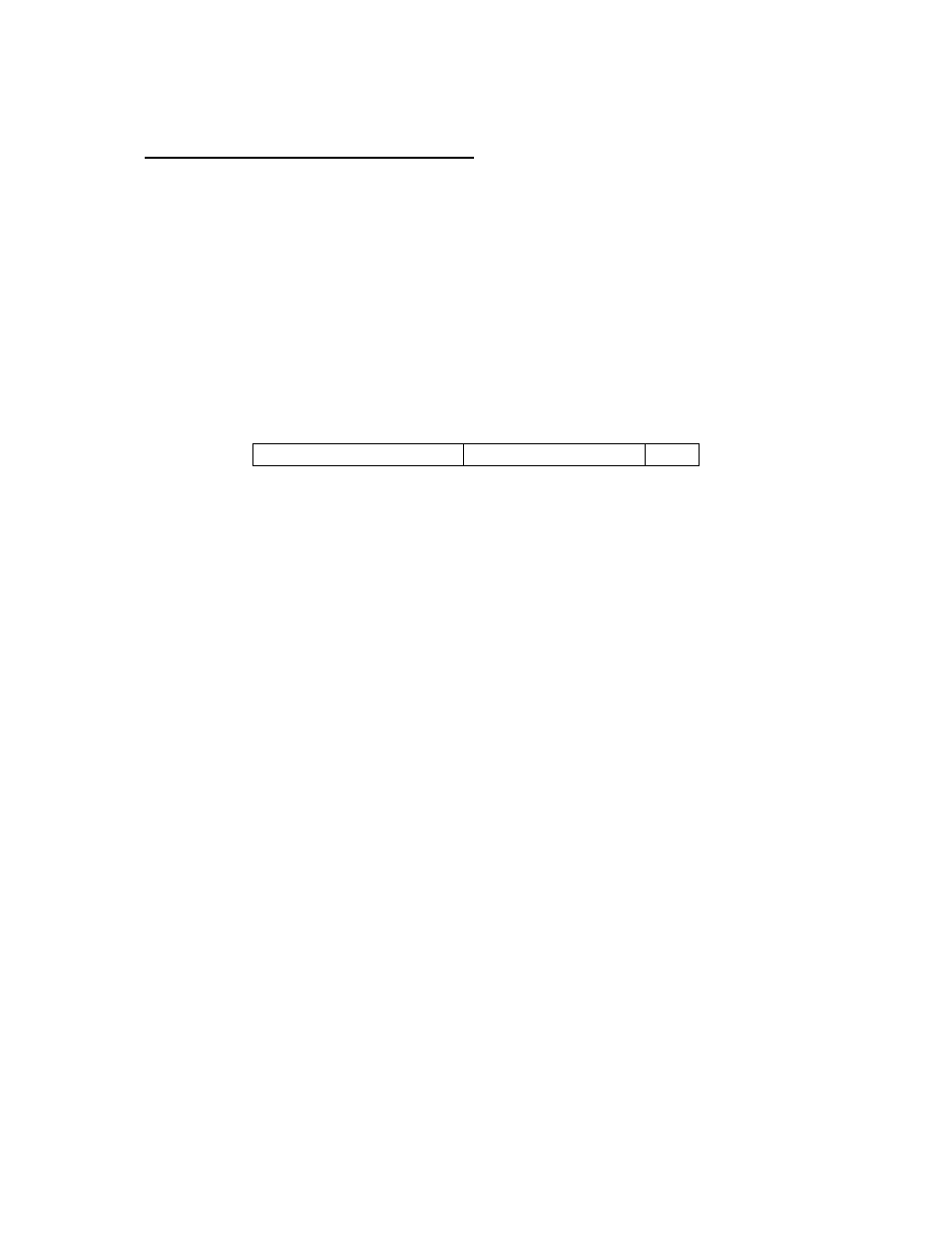15 pass-thru-protocol request – FSR IT-AS411 Series User Manual
Page 19

19
15 Pass-thru-Protocol Request
The Pass-thru-Protocol facilitates reaching end devices not able to be directly
connected with the originator of a command.
The IT-AS411 is capable of forwarding a serially received request to a device
further downstream using the Pass-thru-Protocol. The request to be forwarded is
essentially composed of two parts. The first part, an ASCII string referred to as the Drop
Preamble, describes the logical link to which the second part, it too an ASCII string, will be
forwarded to. For IT-AS411, the logical link may only be a serial link but devices further
downstream may have the capability to designate other types of logical links that can be
incorporated in the contents of the drop preamble. The Pass-thru-Protocol request is
defined as follows:
“{“Drop Preamble”}”
“””Drop String”””
Note: the syntax description below follows our convention of characters within quotes as
being required, contents enclosed within [ ] brackets as being optional and the * character
meaning that it may be repeated 1 or more times. Also note that the syntax is presented
as a BNF grammar to fully specify the syntax. This form of grammar decomposes the
initial description of the Drop String into progressively smaller units that identify the full
extent of the composition of characters allowed. Examples are provided below for
clarification.
Syntax: “{“Drop Preamble”}” “””Drop String”””
Where:
Drop Preamble
[“\S[#]”]*, That is: a \ character, followed by a S character identifying a
serial logical link, followed by an optional number designating which
serial logical link. That sequence may be repeated as many as 5
times, a practical limit.
For example, \S\S1\S2\S\S2.
This designates a drop preamble that will traverse five logical links
(each which must have Pass-thru-Protocol capability) before reaching
the end device to which the Drop String is intended to target (further
examples later).
Drop String
Drop String is enclosed within double quote characters.
= [SpecialASCIISeq] [Non-Special ASCII Char] [ASCIIHexSeq]
DropString
SpecialASCIISeq = “\<” | “\>” | “\\” | “\”” (ie a backslash char, \, precedes the special
characters <, >, \, and “, which have special uses within the Drop
String (see below).
Non-Special ASCII Char = ASCII characters
ASCIIHexSeq
= “<” [ASCIIHexBytePair ]*”>”, ie zero or more pairs of ASCII hex
bytes separated by a space and enclosed within <> characters.
For example,
ASCIIHexBytePair = XX, where X = 0-9, A-F.
